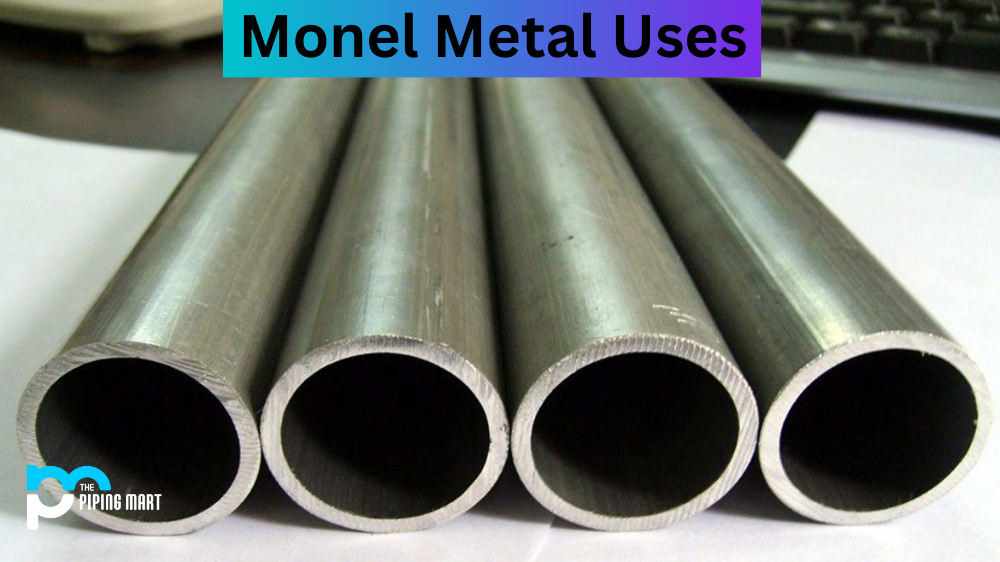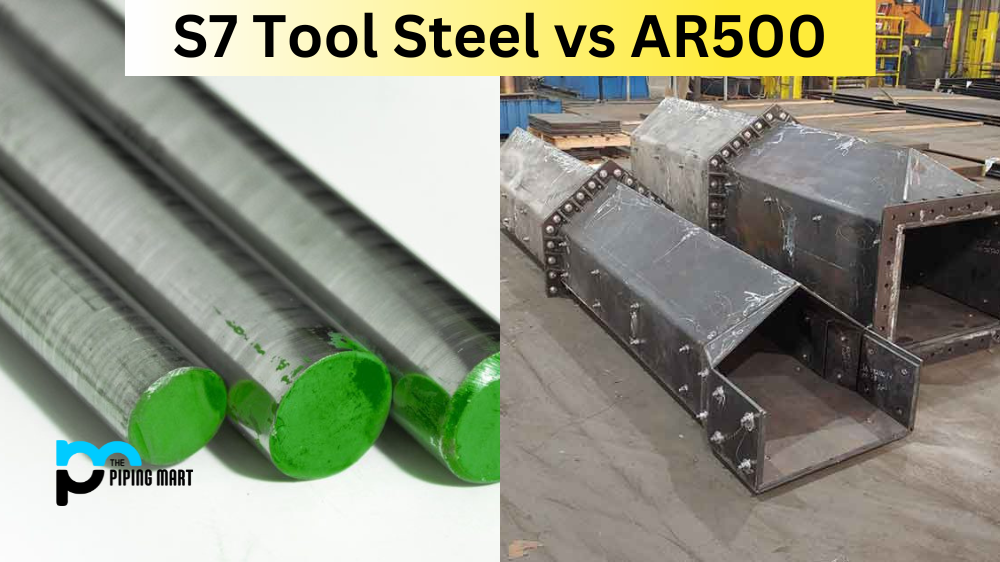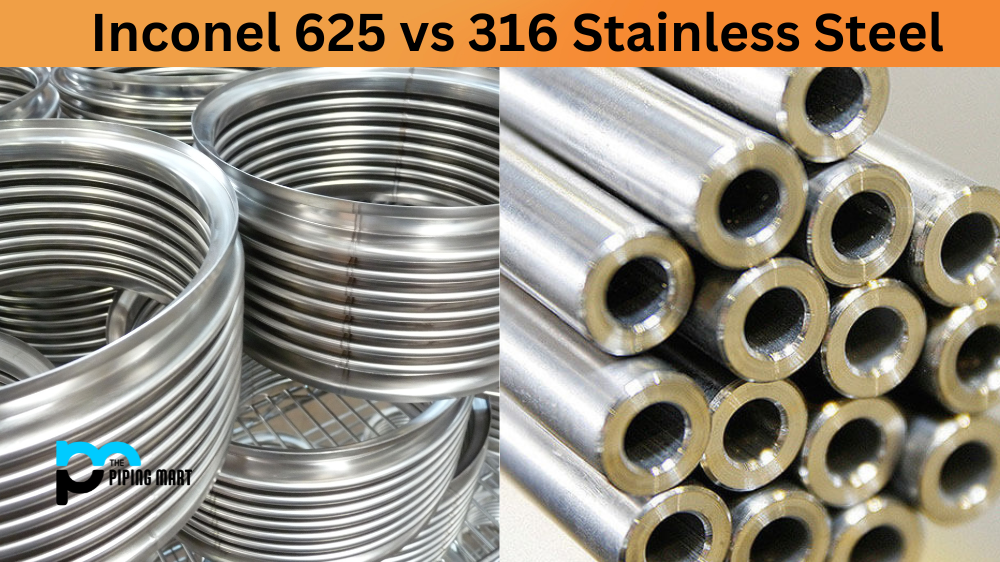Choosing the right steel tool for your specific application can be daunting, especially when comparing two popular options, S7 and S1. These tool steels are widely used in various industries for various applications. However, they differ in properties, composition, and applications. In this blog post, we will explore the differences and benefits of S7 tool steel vs S1 so you can make an informed decision.
What is S7 Tool Steel?
S7 tool steel is a type of shock-resistant air-hardening steel. It is specifically designed to resist impact and shock loads. It is commonly used in applications such as chisels, hammers, and punches.
What is S1 Tool Steel?
S1 tool steel is a high carbon, high chromium alloy steel. It is known for its high hardness and wear resistance. It is often used in cutting tools and surgical instruments.
Difference Between S7 Tool Steel and S1
Composition
S7 tool steel is a high-performance, shock-resistant steel that contains 0.5% carbon, 3.25% chromium and 1.3% molybdenum. It is an air-hardening steel designed to withstand high-impact conditions without deforming or breaking. On the other hand, S1 tool steel is a low-alloy steel that contains 0.55% carbon, 1.00% manganese, 1.00% silicon, 0.50% chromium, and 0.25% molybdenum. It is a non-air-hardening steel commonly used in cold work applications involving cutting, shearing, and stamping.
Properties
S7 tool steel has excellent toughness, wear resistance, and machinability. It also has high dimensional stability and can be heat treated to achieve a 56-58 HRC hardness. This makes it ideal for high-impact applications such as forging dies, chisels, and hammers. On the other hand, S1 tool steel has good wear resistance, toughness, and impact resistance. It also has excellent shock resistance at low temperatures. This makes it ideal for cold work applications such as punches, dies, and cutting tools.
Applications
S7 tool steel is commonly used in applications requiring high impacts and wear resistance, such as intricate dies and heavy shock punches. It is also used in cold and hot work tools, forging dies, die-casting dies, and plastic moulds. On the other hand, S1 tool steel is commonly used in cutting applications such as forming, piercing, and blanking dies, cold shear blades and trimmer dies. It is also used in forming and bending dies, stamping dies, and punches.
Benefits
The benefits of using S7 tool steel include its high toughness, wear resistance, and machinability. It is also highly resistant to deformation and cracking under high-stress conditions. The benefits of using S1 tool steel include its high strength, hardness, and wear resistance. It also has excellent toughness and impact resistance at low temperatures.
Conclusion
Choosing between S7 and S1 tool steel depends on the specific application and requirements. While S7 tool steel excels in high-impact applications, S1 tool steel is suitable for various cold work applications. It’s essential to remember the differences in properties, composition, and applications when deciding. With this information on S7 tool steel vs S1, you can make an informed decision for your needs.

Abhishek is a seasoned blogger and industry expert, sharing his insights and knowledge on various topics. With his research, Abhishek offers valuable insights and tips for professionals and enthusiasts. Follow him for expert advice on the latest trends and developments in the metal industry.




